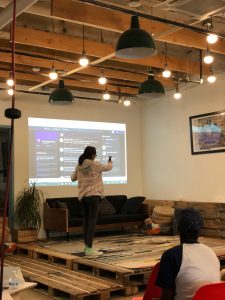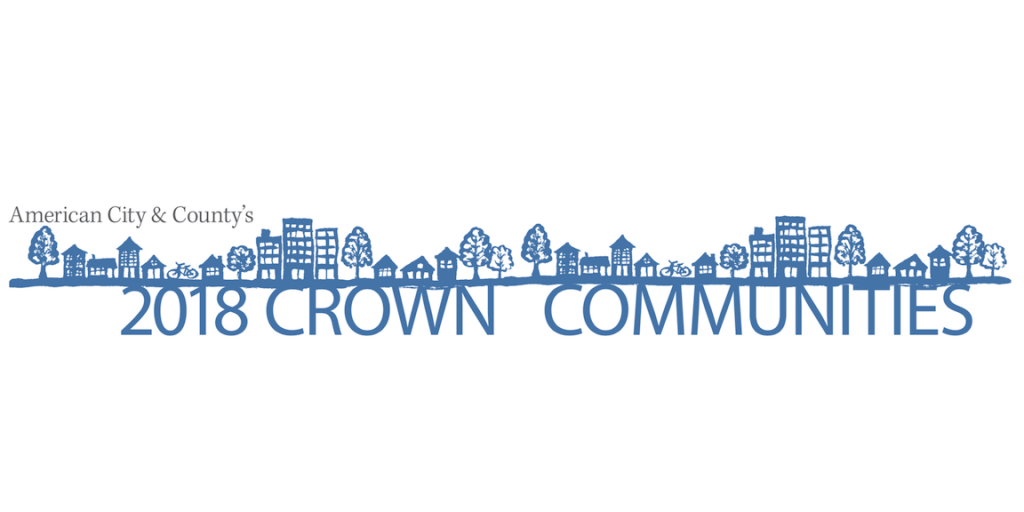The 2018 Crown Communities awards
What is in this article?
- The 2018 Crown Communities awards
- Baltimore, Md.: Coding-focused after-school and city internship program
- Colorado Springs, Colo.: Storm drain art campaign
- Eastlake, Ohio: Special needs-oriented baseball field and playground
- Forest Hills, Pa.: Net-zero energy municipal complex
- Orange County, Calif.: Adult protective services simulation training
- Roanoke, Texas: New city hall and infrastructure as anchor for redeveloped downtown
Baltimore, Md.: Coding-focused after-school and city internship program
 As computing and IT jobs grow ever more prevalent, Baltimore’s Code for the City program aims to create a pipeline of technology professionals within the city government, while preparing local high school students to take advantage of these jobs.
As computing and IT jobs grow ever more prevalent, Baltimore’s Code for the City program aims to create a pipeline of technology professionals within the city government, while preparing local high school students to take advantage of these jobs.
The Baltimore Department of General Services (DGS)’s Business Process Improvement Office (BPIO) partnered with local nonprofit organization Code in the Schools (CITS) to create the Code for the City program. The inaugural Code for the City program consisted of a 20-week educational program between January and May 2018, where students built computer science foundation skills in the Python coding language. Students did this through free, secondary education courses that CITS offered. The total cost to the city was
During the courses, students worked with DGS employees to develop data science projects that aimed to solve real-world government-based problems within the department. The Code for the City educational program concluded with a student showcase, where students presented their projects to a panel of DGS employees and other Baltimore technology experts.
“There aren’t that many projects especially at a high school level where students can build something that’s used in the real world. And I think this is a really unique opportunity for the high school students in the program to see how they can have that impact on the city,” says DGS Data Automation & Technology Analyst Melanie Shimano, who helped develop the Code for the City program.
Seven high school-aged students participated in Code for the City’s pilot program, and DGS selected the highest-performing student to complete an eight-week paid internship with the department. During the internship, the high school student implemented a project she began developing during the after-school course: A Twitter bot that automatically analyzed and reported on facilities maintenance data.
However, Baltimore technology experts were impressed with all of the students’ work. While the DGS internship was the only internship guaranteed to result from the program, each student that participated in the pilot program earned a paid internship in a technology-focused industry.
Moving forward, two other government agencies plan to become partners in subsequent Code for the City iterations. DGS and the Baltimore city government plan to expand the program to all government agencies and all local high school students to strengthen the technology professional pipeline into Baltimore technology careers.
“On the city side and on the workforce side, [people can] see how younger people can have such a good impact on the work that they’re doing and… kind of open the doors and say, ‘what types of employees do we want to have doing all these things’,” Shimano says.
















